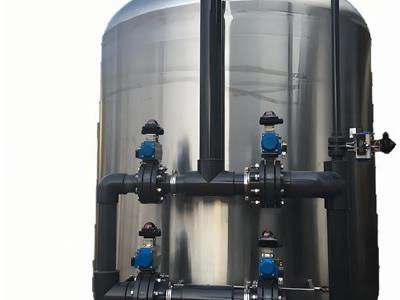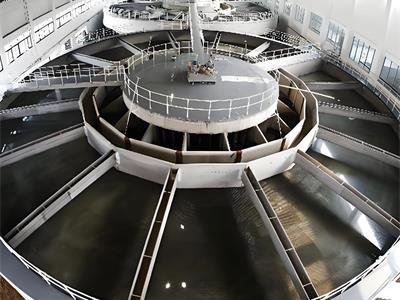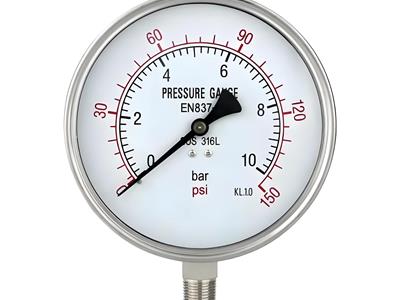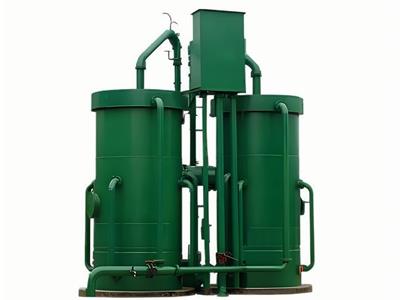- 2025-07-09
Aggregation (Flocculation)
Aggregation (Flocculation)
Flocculation refers to the process by which colloidal particles aggregate into larger flocs through physical or chemical interactions, with its core value lying in altering the solubility and sedimentation characteristics of particulate matter. This process is achieved through the following mechanisms:
Mechanism of Action
Bridge Effect
Adding modifiers (such as starch, xanthan gum, etc., hydrocolloids) forms molecular bridges between particles, promoting the aggregation of micrometer-sized particles into millimeter-sized flocs
Anti-dissolution barrier
The agglomerate surface forms a dense structure, preventing solvent molecules from penetrating to the interior (e.g., when a dried powder agglomerate encounters water, only the surface dissolves)
Mass transfer optimization
Microchannel networks form within the floc, enhancing liquid-solid contact efficiency
Water treatment applications
Enhanced flocculation and sedimentation: Increase particle effective diameter, accelerate gravitational sedimentation rate
Inhibition of dissolution loss: Protect functional substances (such as activated carbon adsorbents) from instability in the liquid phase
Improve filtering efficiency: Adjust floc particle size to match filter bed pore distribution






